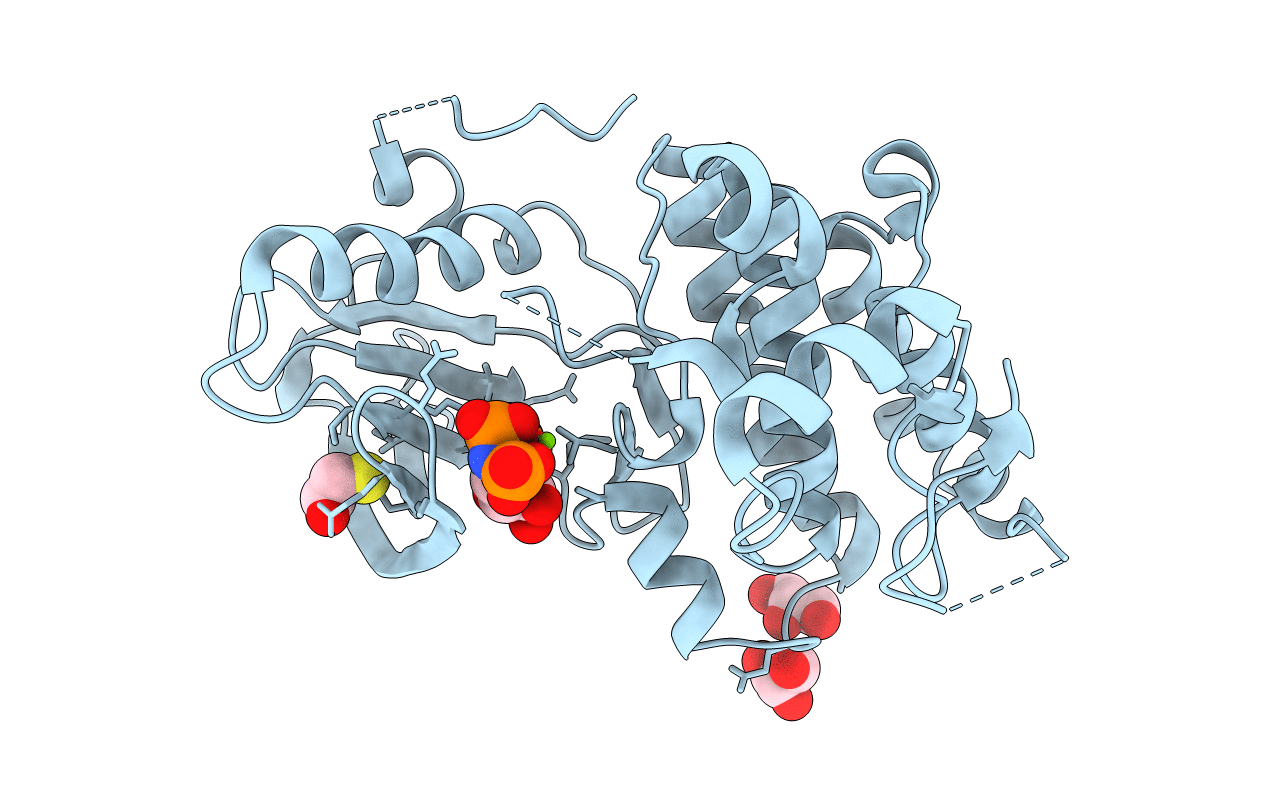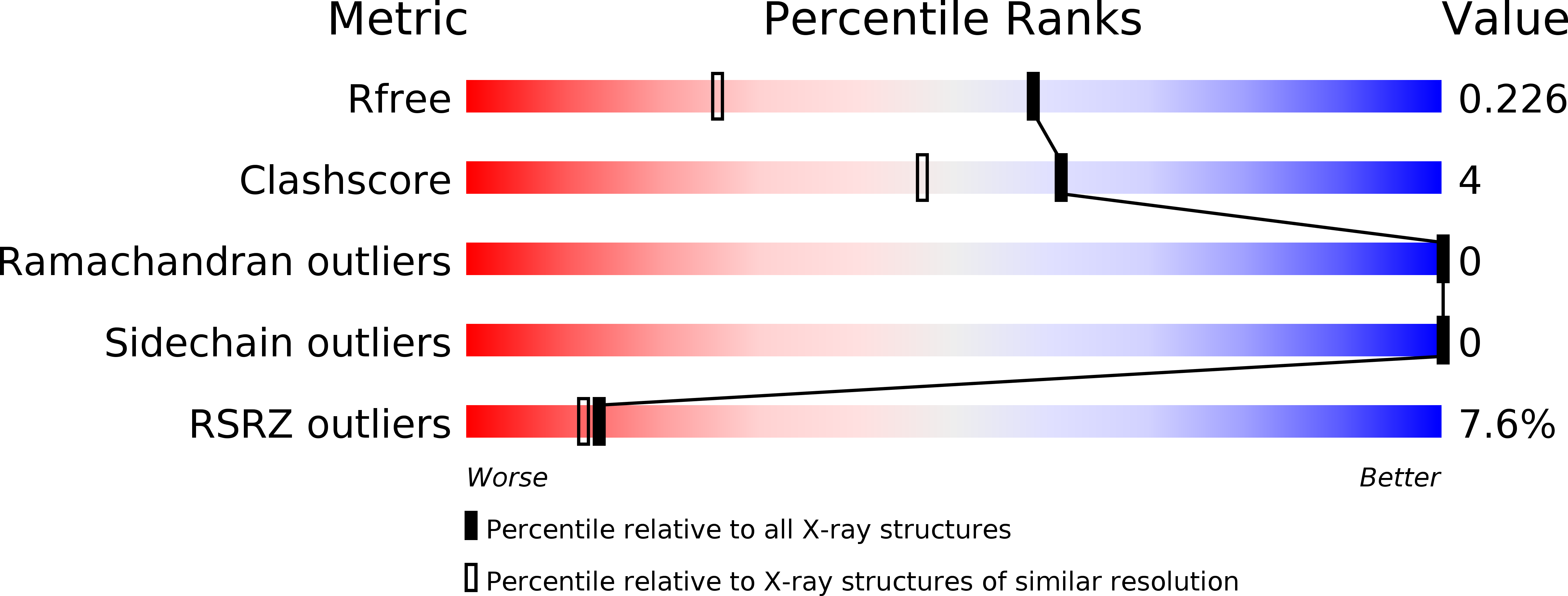
Deposition Date
2007-07-20
Release Date
2007-08-28
Last Version Date
2023-11-15
Entry Detail
PDB ID:
2QO7
Keywords:
Title:
Human EphA3 kinase and juxtamembrane region, dephosphorylated, AMP-PNP bound
Biological Source:
Source Organism:
Homo sapiens (Taxon ID: 9606)
Host Organism:
Method Details:
Experimental Method:
Resolution:
1.61 Å
R-Value Free:
0.22
R-Value Work:
0.18
R-Value Observed:
0.18
Space Group:
P 1 21 1


